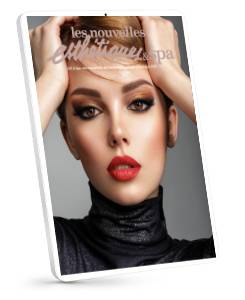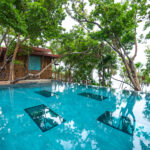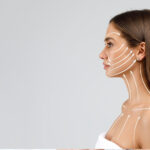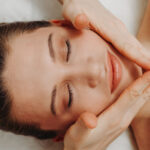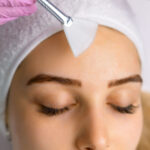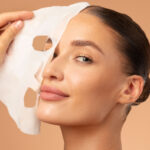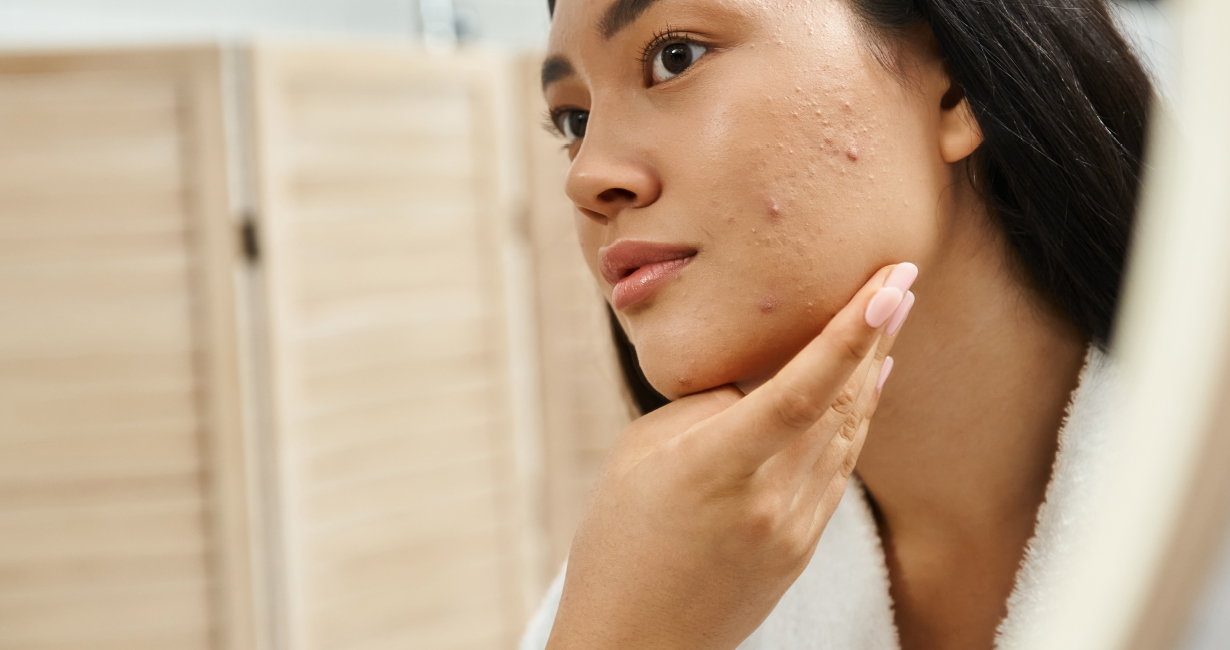
Beyond the Breakout: Understanding Acne at Every Age
by Aurora Solis
Acne is often dismissed as a teenage issue, an unfortunate yet expected skin condition that fades with time. However, the reality is that acne can persist well beyond adolescence, and for some, it may even appear for the first time in adulthood. As estheticians, recognizing how acne manifests at different life stages is key to creating effective, personalized treatment plans that go beyond surface-level solutions. The triggers, patterns, and responses of acne evolve over time, making it essential to adapt treatments accordingly.
Teenage Acne
During adolescence, hormonal surges—especially increased androgens—stimulate the sebaceous glands, leading to excess oil production. When combined with slow exfoliation and clogged pores, the result is the classic case of teenage acne: blackheads, whiteheads, and inflammatory pustules concentrated in the T-zone. Many teens, frustrated with breakouts, turn to harsh cleansers and excessive exfoliation, inadvertently damaging their skin barrier and exacerbating the issue.
Common Teenage Acne Triggers:
- Increased sebum production due to hormonal changes.
- Poor skincare habits (sleeping with makeup, harsh cleansers, over-exfoliation).
- High-glycemic diets that spike insulin and contribute to inflammation.
Best Treatment Approaches:
- Salicylic acid to dissolve excess oil and clear congestion.
- Blue LED therapy to reduce acne-causing bacteria.
- Gentle, non-drying cleansers and hydrating moisturizers to support barrier health.
- Educating young clients on the importance of a consistent skincare routine.
Adult Acne
As clients transition into their twenties and thirties, acne begins to shift in both location and cause. While teenage acne primarily appears in the T-zone, adult acne is more common along the jawline, chin, and lower face. Stress plays a significant role in triggering breakouts, with increased cortisol levels leading to heightened oil production and inflammation. Many adults also experience hormonal imbalances, particularly around the menstrual cycle, resulting in deep, cystic blemishes. Unlike the quick-healing pimples of adolescence, adult acne often lingers longer and is accompanied by post-inflammatory hyperpigmentation.
Common Adult Acne Triggers:
- Increased cortisol levels from chronic stress.
- Hormonal imbalances (e.g., high androgens, estrogen dominance, or polycystic ovarian syndrome).
- Overuse of harsh skincare, leading to a damaged skin barrier.
Best Treatment Approaches:
- Adaptogenic skincare (niacinamide, green tea, licorice extract) to reduce inflammation.
- Lifestyle recommendations such as stress management, acupuncture, and cycle-syncing skincare.
- Professional treatments like LED therapy, enzyme peels, and lymphatic drainage massage.
- Hormone-balancing nutrition to support clear skin from within.
Mature Skin & Acne
By the time clients reach their forties and fifties, acne becomes more complex. The decline in estrogen levels affects skin resilience, making breakouts more difficult to heal. While some clients may still struggle with oiliness, others experience drier skin, making traditional acne treatments too harsh. Cystic acne, often appearing for the first time in perimenopause, requires a delicate balance of clearing congestion without stripping the skin. At this stage, treatments should focus on gentle exfoliation while maintaining hydration and collagen levels.
Common Acne Triggers in Mature Skin:
- Menopausal hormone fluctuations causing excess sebum or dryness.
- Sensitivities to skincare ingredients due to a weakened barrier.
- Slower healing, leading to lingering scars and hyperpigmentation.
Best Treatment Approaches:
- Gentle exfoliation with lactic acid to encourage turnover without stripping moisture.
- Ceramide and peptide-rich moisturizers to maintain skin resilience.
- Microneedling and LED therapy for collagen stimulation and scar repair.
Acne is not a one-size-fits-all condition, and a client’s age plays a significant role in the treatment approach. Whether treating teenage clients navigating their first breakouts or helping a 50-year-old client address adult-onset cystic acne, a well-rounded, age-specific plan can make all the difference. Estheticians play a crucial role in helping clients navigate their skin concerns with customized solutions. By understanding the evolution of acne, professionals can guide their clients toward clear, healthy skin at any stage of life.
